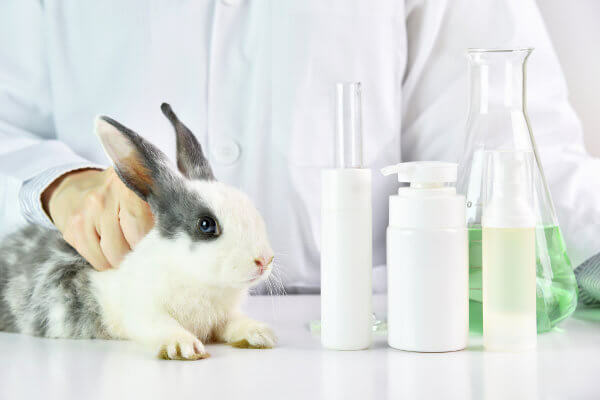O hop (humulus lupulus L.) is a species of angiosperm that presents inflorescences which are used in the production of beer. These inflorescences (grouping of flowers) contain important substances that guarantee aroma, bitterness and other properties to the beer. Hops are used in different ways in the brewing industry and can be used in the form of extract, whole flowers or pellets.
Hop characteristics
Hops is a plant of familyCannabaceae, same family as marijuana (cannabis sativa). This species is a creeper-type dioecious plant, that is, it grows supported on some structure and can reach great heights. This plant has a branched root system that can be more than 4 meters deep.
Read too: Marihuana
Do not stop now... There's more after the advertising ;)
Female hop plants have an inflorescence capable of producing a considerable amount of a product called lupulin. This product is a substance that contains compounds that guarantee bitterness, aroma and antioxidant properties. In lupulin, you can find, for example, resins, essential oils, proteins, polyphenols and waxes.
In resins, alpha and beta acids are found, which are responsible for ensuring some important properties of beer. the alpha acids act mainly guaranteeing bitterness, While the beta acids stand out mainly for their antimicrobial properties.
The amount of acids can vary from one individual to another depending, for example, on the age and location for planting. With regard to aroma, the most important components are the essencial oils.
It is noteworthy that many brewers combine different varieties of hops in order to get unique beers and with flavorsstriking. An interesting fact is that craft beers have a much higher hop value than popular beers, which gives the first more differentiated flavors.

The different varieties of hops guarantee different flavors and aromas to the beers.
Hop Varieties
There are more than 100 different varieties of hops, which vary mainly according to the concentration of alpha and beta acids. Here are some known hop varieties:
Hop Varieties | |
Challenger |
This is a variety of hops from the UK. It guarantees spicy aroma and green tea notes. |
Chinook |
This hop is an American variety that stands out for having an aroma with notes of citrus, woody and herbal. |
Columbus |
It is an American hop that guarantees a lot of bitterness to the beer. |
Hallertau |
It is a German hop whose main property is to guarantee the beer's aroma, being considered a noble aroma variety. |
Saaz |
This is a variety from the Czech Republic that has a high aroma but little bitterness. |
Read too: beer production process
hop cultivation
Hops cultivation is quite old and dates back to the 8th century. At that time, the plant was cultivated mainly in order to obtain the relaxing medicinal properties of this vegetable. This plant also had wide application as dyeing, production of ropes and paper, however, nowadays, its main use is the production of beer, which guarantees the preservation of this drink and also its aromatization.
The first report of the use of the plant in beer dates from the Middle Ages. The intention was to ensure that the drink was better preserved. Later, during the 15th century, hops became the UK's most popular flavoring and preservative.
Read too:Risks of drinking alcoholic drinks

Hops are mainly cultivated in the Northern Hemisphere.
Hops are characterized by needing a certain amount of light to ensure their growth and flowering, therefore, it is not easily cultivated in all parts of the planet. This plant needs more than 13 hours of exposure to sunlight so that its flowering is possible.
In addition, it needs deep, fertile soils, lots of water and hot summers and cold winters. The recommendation is that cultivation be done between 35° and 55° north or south latitude. This plant is mainly grown in locations in the Northern Hemisphere.
Curiosity:According to Bill Laws in his book "50 plants that changed the course of history", in the 21st century, a bottle of ale and a bottle of beer are seen as the same thing, however, in the 12th century the ale it was produced without the addition of hops, unlike beer. It was the addition of hop flowers to the brewing process that made the ale be turned into beer.
By Me. Vanessa Sardinha dos Santos
Would you like to reference this text in a school or academic work? Look:
SANTOS, Vanessa Sardinha dos. "What is hops?"; Brazil School. Available in: https://brasilescola.uol.com.br/o-que-e/biologia/o-que-e-lupulo.htm. Accessed on June 29, 2021.


